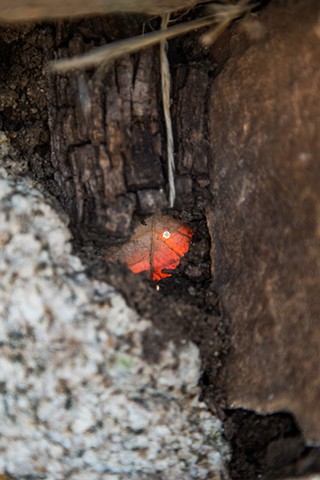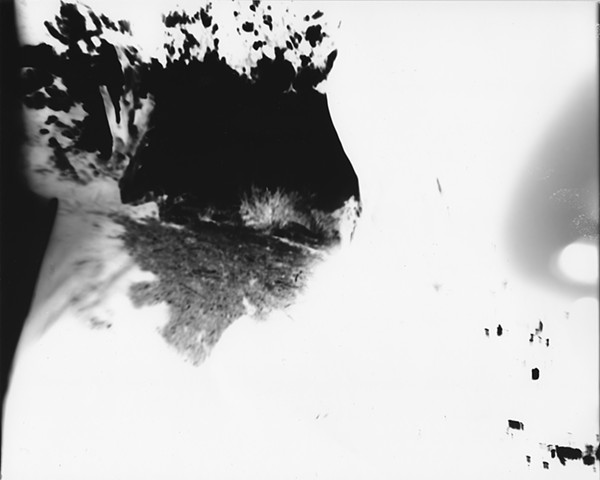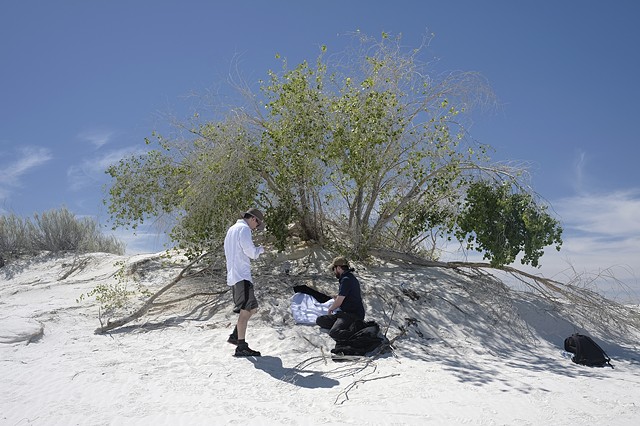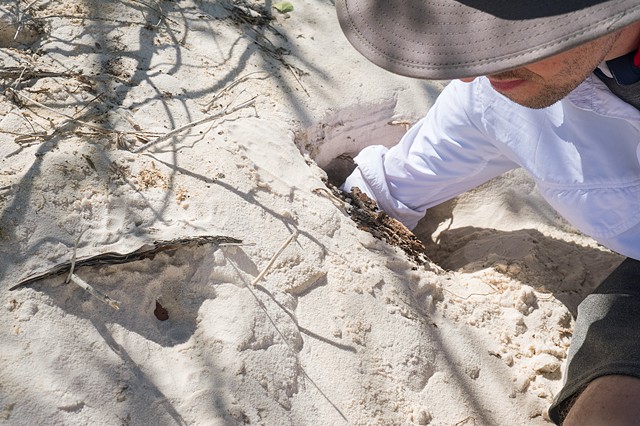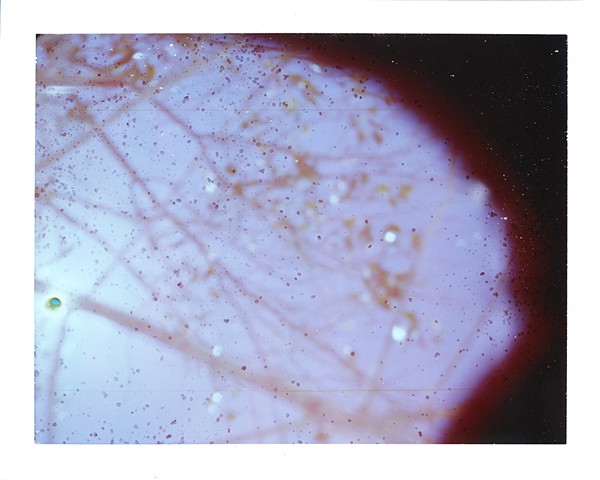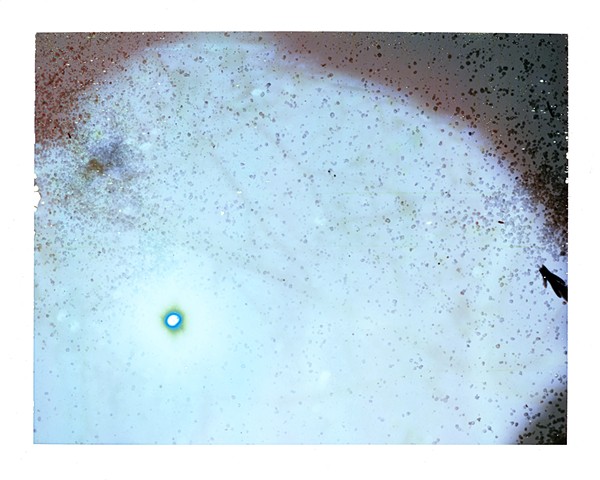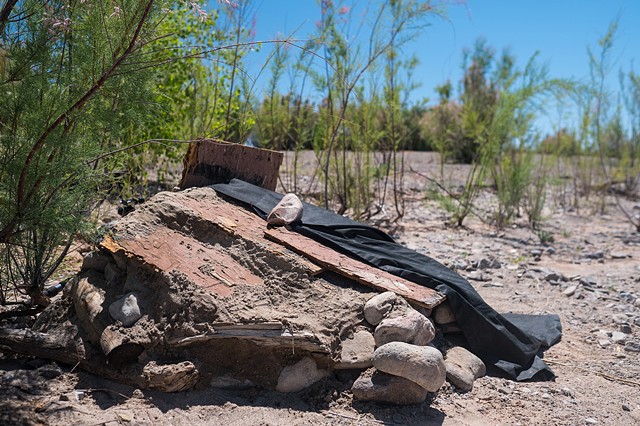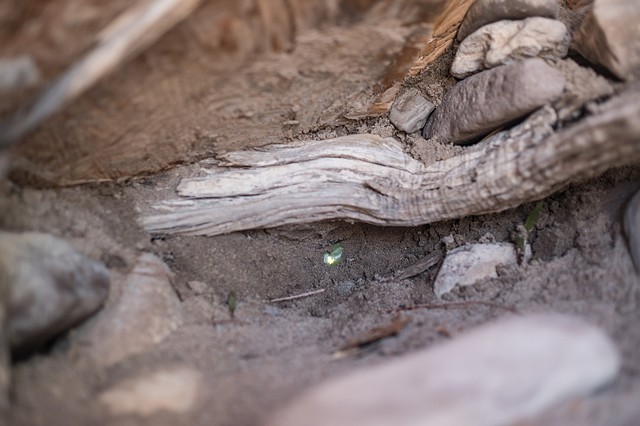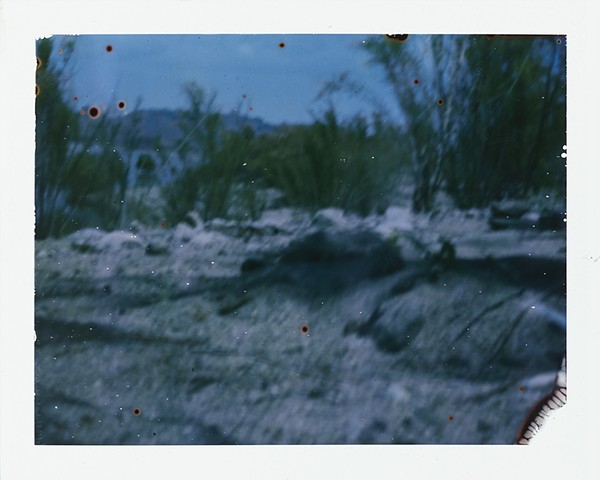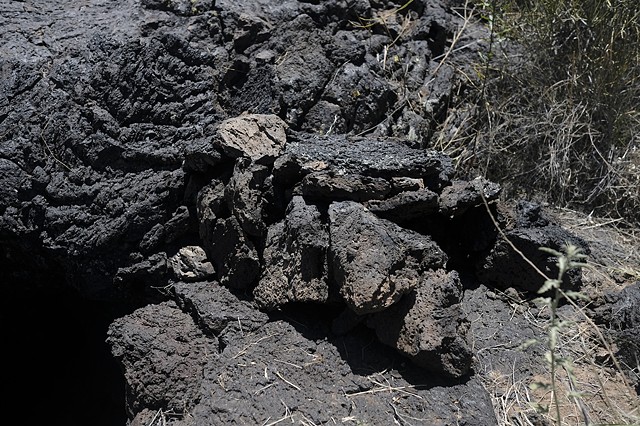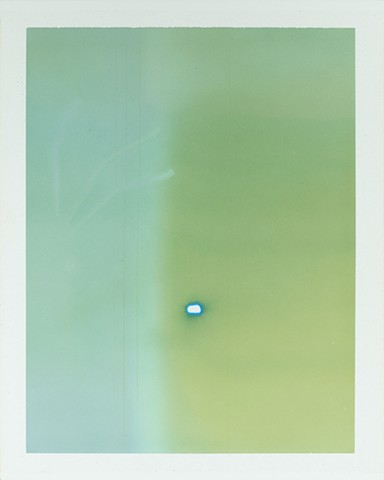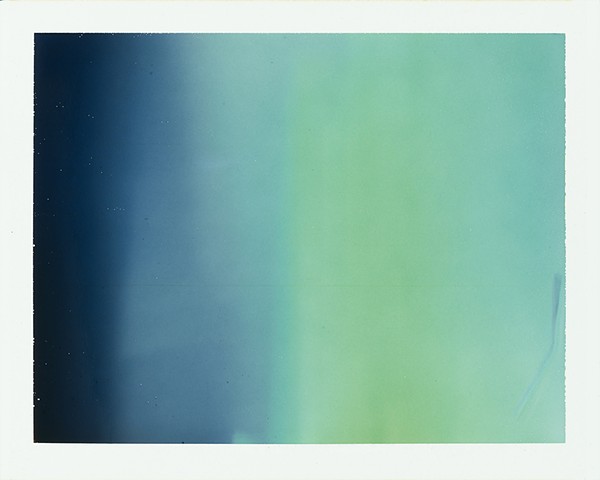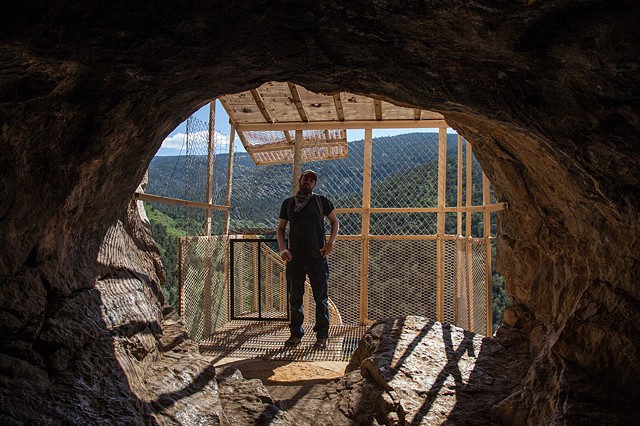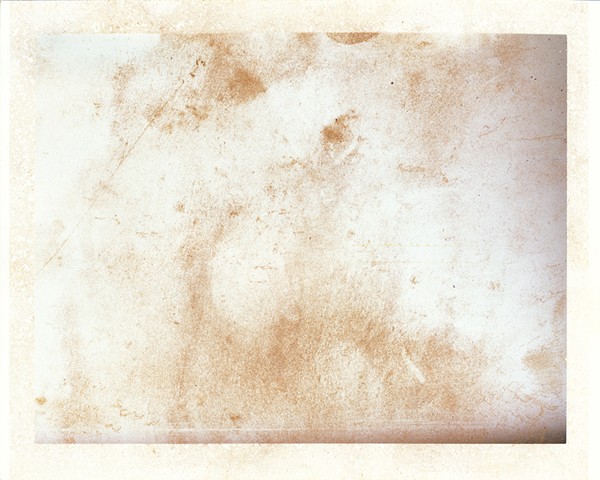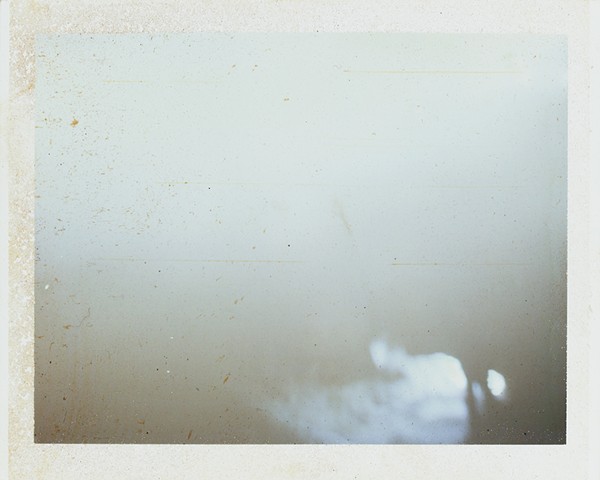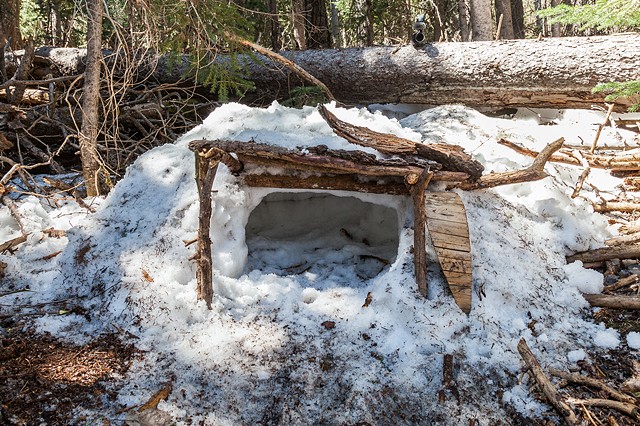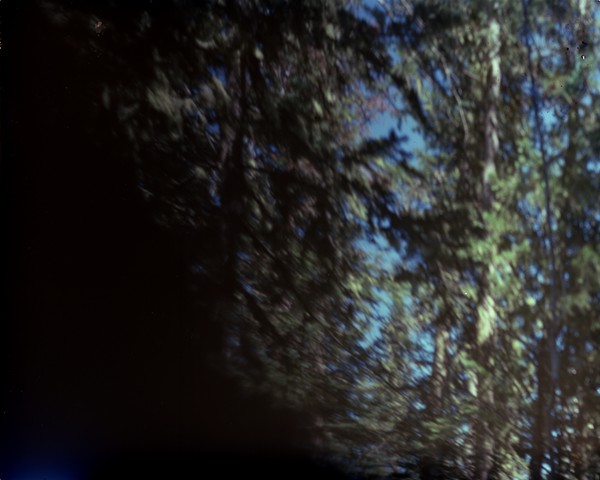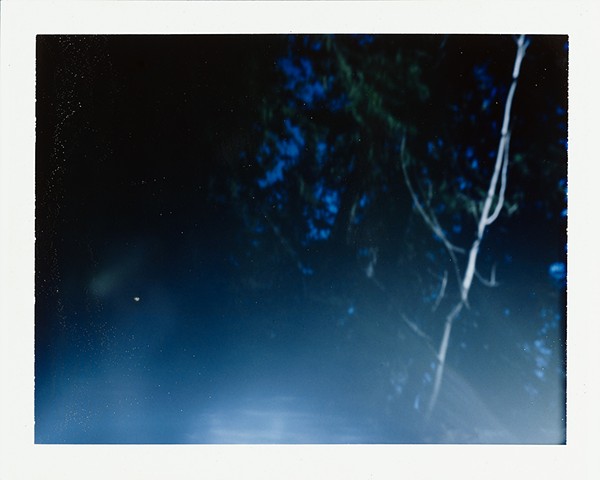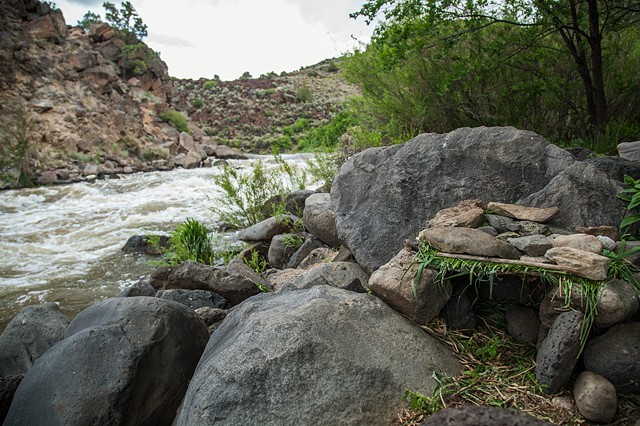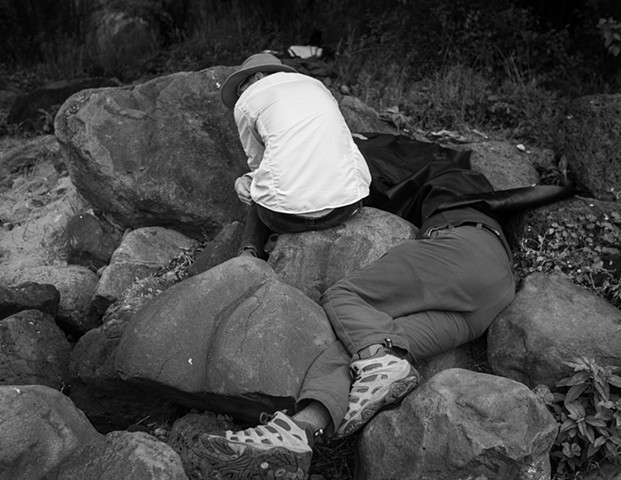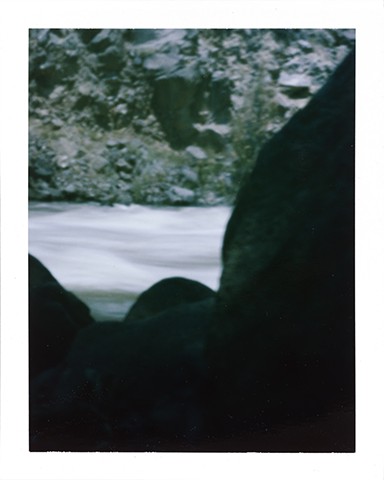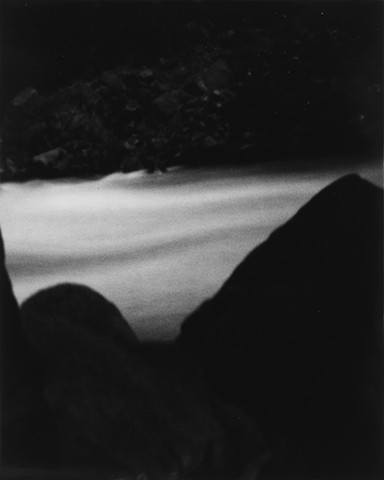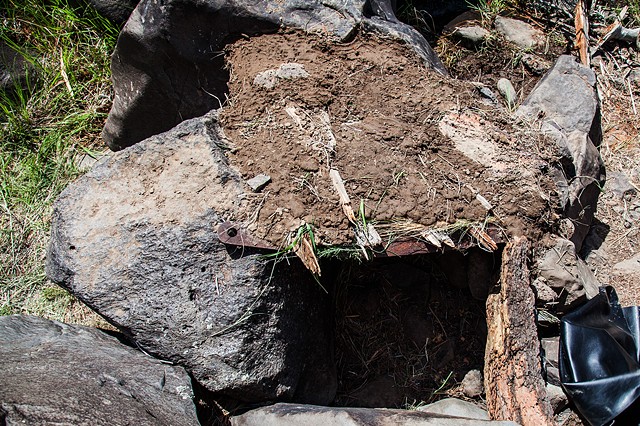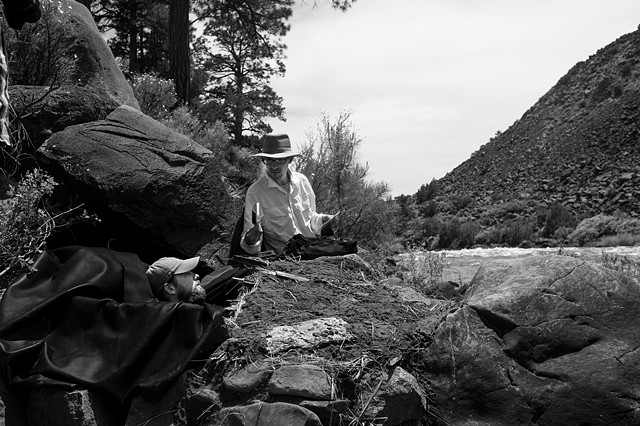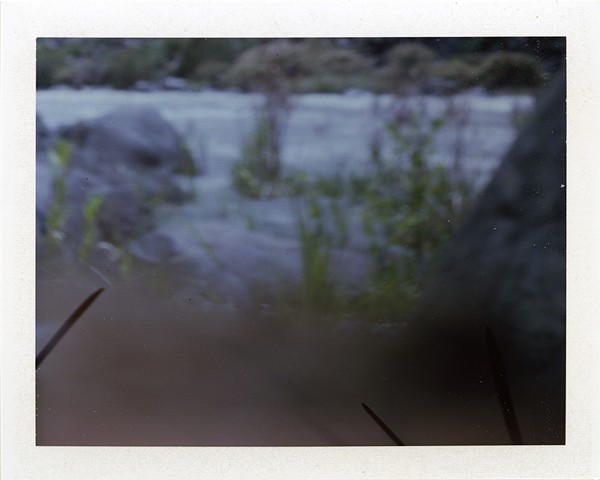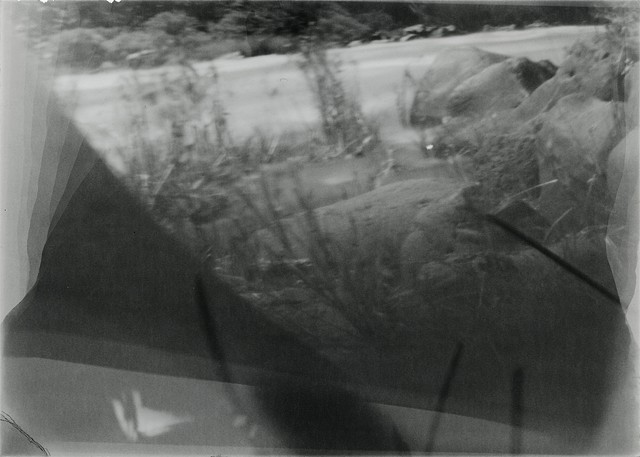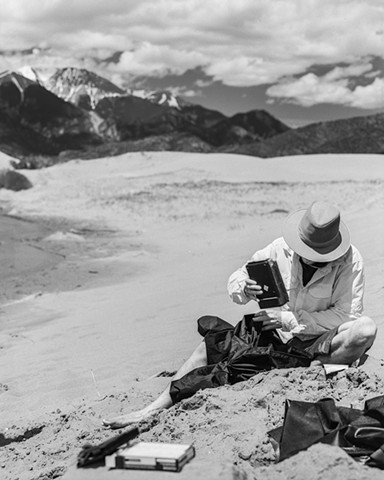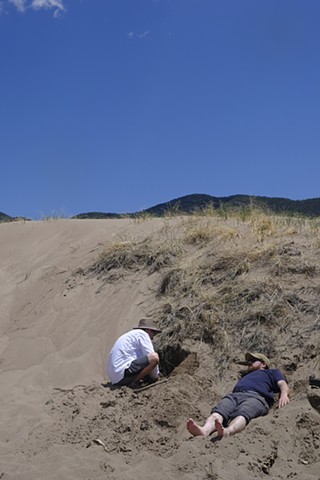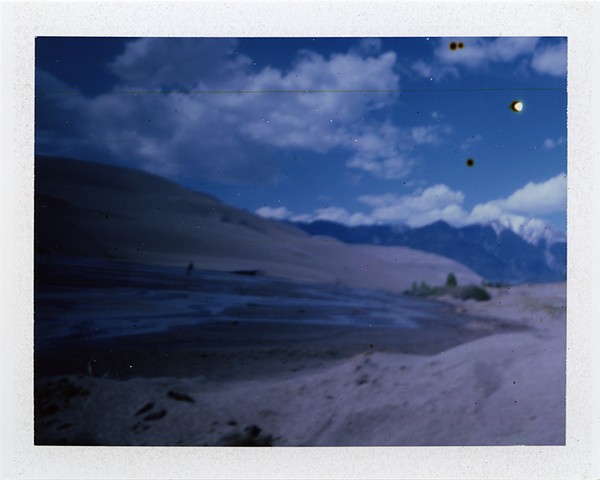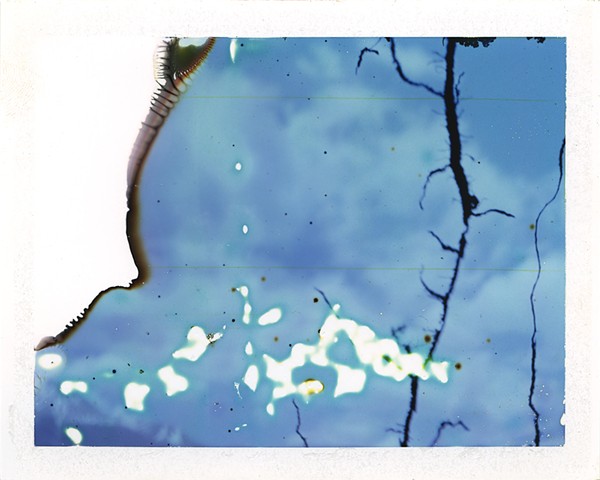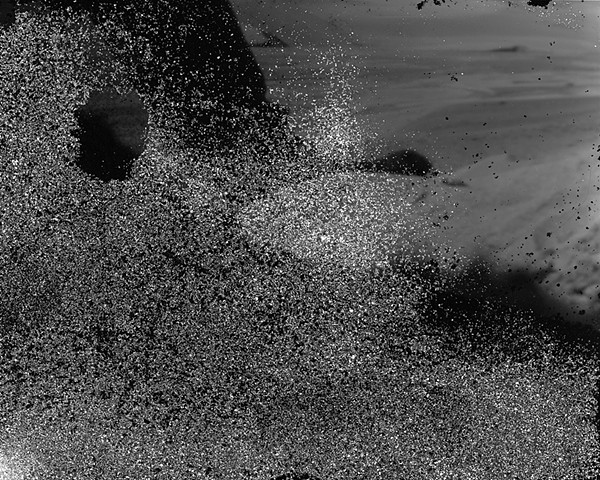Rio Grande Rift Valley
Our latest Site Specific Camera endeavor brought us out of the Bay Area. Our desire was to build on the idea that the materials used to make the camera impart their own record and character of the landscape onto the photo. We extended this relationship to the landscape itself by choosing an area where a continental scale geological process shaped the topography and biosphere of the landscape.
We choose the Rio Grande Rift Valley, a 35 million year old continental extension zone, broadly caused by changes in tectonism on the west coast of North America. The rift runs from West Texas near El Paso, through the middle of New Mexico and ends in Colorado just south of Leadville. The rifting created a wide array of topographies and ecosystems. Flowing water immediately took advantage of the lowlands leading to the formation of the Rio Grande River. The Rio Grande flows straight down the center of the rift, bringing water to an otherwise dry and lifeless landscape. The Rio Grande in New Mexico is termed an exotic river, which is a river originating in a wet region that flows into a dry region. Other exotic rivers include the Nile, Tigris and Euphrates, and like the Rio Grande, are all sites of great abundance in an otherwise barren landscape. Our goal was to photograph each of the many landscapes in the rift valley to produce a larger picture of the rift and its composite landscapes as a whole. We built nine cameras in nine different locations over the course of fourteen days capturing light and imagery on several different types of light sensitive materials. We built cameras out of rocks, sand dunes, a cave, plywood, snow, mud, and grass.
A documentary team consisting of Matthew Brown and Mario Casillas joined us on the trip capturing footage to be used for a short film. Casillas and Brown also captured a lot of amazing photo documentation, which they are graciously allowing us to use.

